Forums
- Forums
- Duggy's Reference Hangar
- USAAF / USN Library
- The First Corsairs - SBU-1/2
The First Corsairs - SBU-1/2
Post a reply
- Go to Previous topic
- Go to Next topic
- Go to Welcome
- Go to Introduce Yourself
- Go to General Discussion
- Go to Screenshots, Images and Videos
- Go to Off topic
- Go to Works in Progress
- Go to Skinning Tips / Tutorials
- Go to Skin Requests
- Go to IJAAF Library
- Go to Luftwaffe Library
- Go to RAF Library
- Go to USAAF / USN Library
- Go to Misc Library
- Go to The Ops Room
- Go to Made in Germany
- Go to Campaigns and Missions
- Go to Works in Progress
- Go to Juri's Air-Raid Shelter
- Go to Campaigns and Missions
- Go to Works in Progress
- Go to Skinpacks
- Go to External Projects Discussion
- Go to Books & Resources
-
12 years agoSun Nov 29 2020, 01:14pm
 Main AdminThe SBU-1 evolved as a two-seat dive bomber version of the XF3U-1, which competed for the Navy two-seat fighter purchase to ensure that Vought got a return on its fighter investment. This aircraft was proposed as a land biplane replacement for the SU series. It became the first aircraft of its type to exceed 200 mph. It also featured a controllable-pitch propeller and NACA cowl and a twin row radial R-1535 P&W twin Wasp-Junior engine.
Main AdminThe SBU-1 evolved as a two-seat dive bomber version of the XF3U-1, which competed for the Navy two-seat fighter purchase to ensure that Vought got a return on its fighter investment. This aircraft was proposed as a land biplane replacement for the SU series. It became the first aircraft of its type to exceed 200 mph. It also featured a controllable-pitch propeller and NACA cowl and a twin row radial R-1535 P&W twin Wasp-Junior engine.
As expected, politics caught up with the two-seat fighter program and the Navy dropped it. Although the XF3U-1 had been evaluated as a scout/ bomber, Vought decided to construct another airplane rather than modify the XF3U-1. This airplane utilized the engine and most of the equipment from the XF3U1. It completed its first tests in 1934, and a contract for 84 SBU-1's was awarded in January 1935.
The SBU-1 was the first airplane of its type to exceed 200 mph and it also featured a controllable-pitch propeller and a new NACA cowl. It was the first Vought airplane with a canopy to protect the cockpit occupants. It also had adjustable cowling gills on the cowl trailing edge to obtain better control of the cooling air flow over the engine cylinders. This feature permitted greater speeds and soon became standard for all air-cooled engines that incorporated a deep-chord cowl. The design team headed by Rex Beisel of Vought and A. L. McCain and F.M. Thomas of Pratt & Whitney were awarded the prestigious Manley and Wright awards.
In 1937 the Navy placed an order for forty additional SBU's. These were designated SBU-2 and featured the improved Pratt & Whitney R-1535-98 Wasp engine. The SBU's gradually replaced the SU series in service. However, the airplane never achieved the widespread usage of its predecessors. One reason was that the Navy began the transition to monoplanes in lieu of biplanes, as the SBU was becoming operational. The increased threat of war in Europe hastened the introduction of monoplanes with better performance and improved characteristics. As a result, most of the SBU's served in stateside training roles, and most were phased out of service in the early 1940's.
One two-place biplane was built for the Navy and first flight was in 1936. It was basically a SBU-2 with retractable landing gear. It was offered to the Navy at the same time as XSB2U-1 in case the monoplane was not bought by the Navy
Dimensions
Wingspan
33.25 ft
Overall Length
27.79 ft
Height
10.00 ft
Weights and Capacities
Empty Weight
3753 lb
Gross Weight
5664 lb
Useful Load
Fuel Capacity
145 gal
Oil Capacity
10 gal
Powerplant Characteristics
Type: P & W SG-1535-64
Rating
700 hp
Displacement
1830 in3
Weight
Size (length X diameter)
Performance
Maximum Speed, Sea Level
180 mph
Landing Speed, Sea Leavel
65.00 mph
Stall Speed, Sea Level
Initial Rate-of-Climb
1315 ft/min
Cruise Speed, Sea Level
Range at Cruise Speed
850 miles
Service Ceiling
24000 ft
Absolute Ceiling
Crew: 2
Armament: 1 fixed machine gun, fuselage (synchronized)
1 flex machine gun in rear cockpit
Provisions for bomb racks on lower wings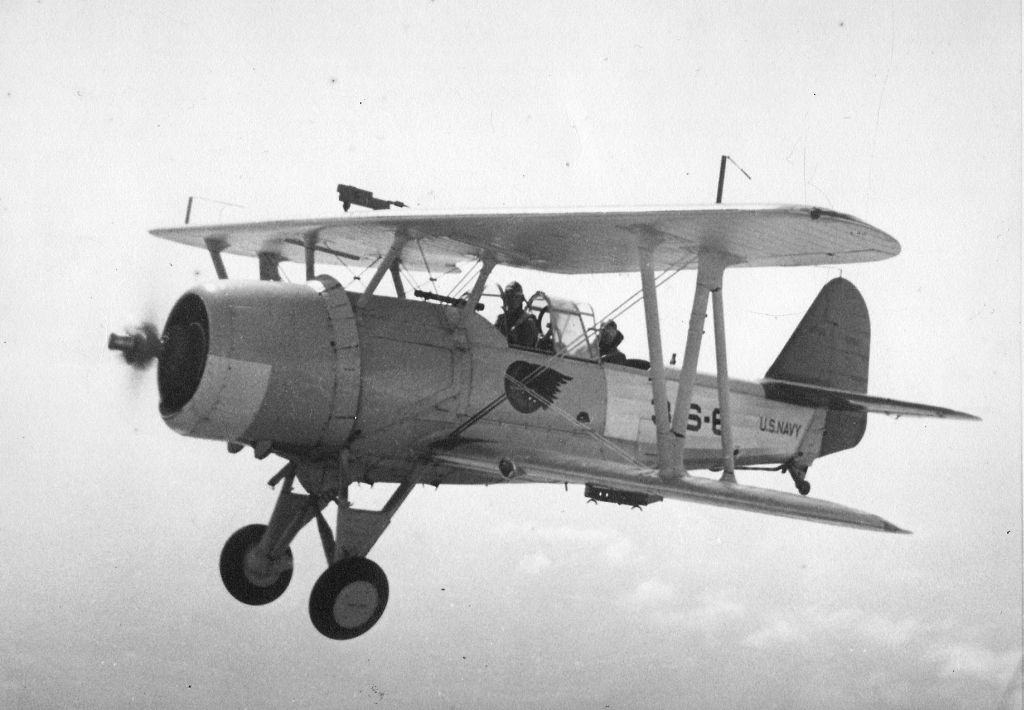






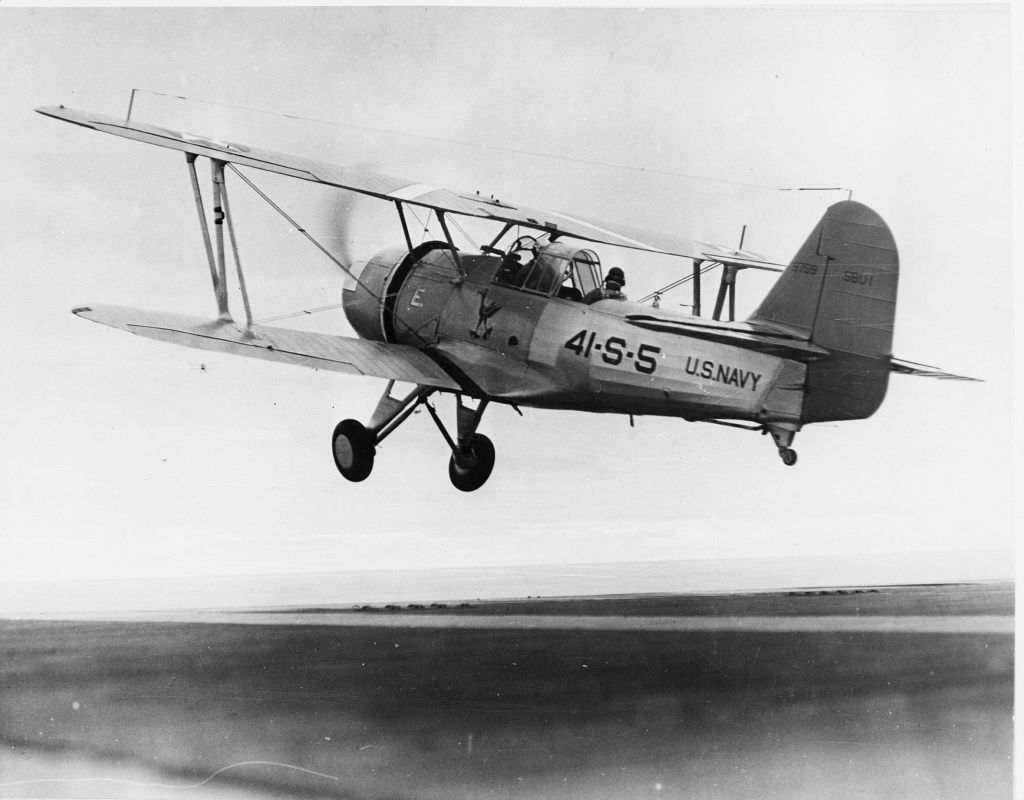

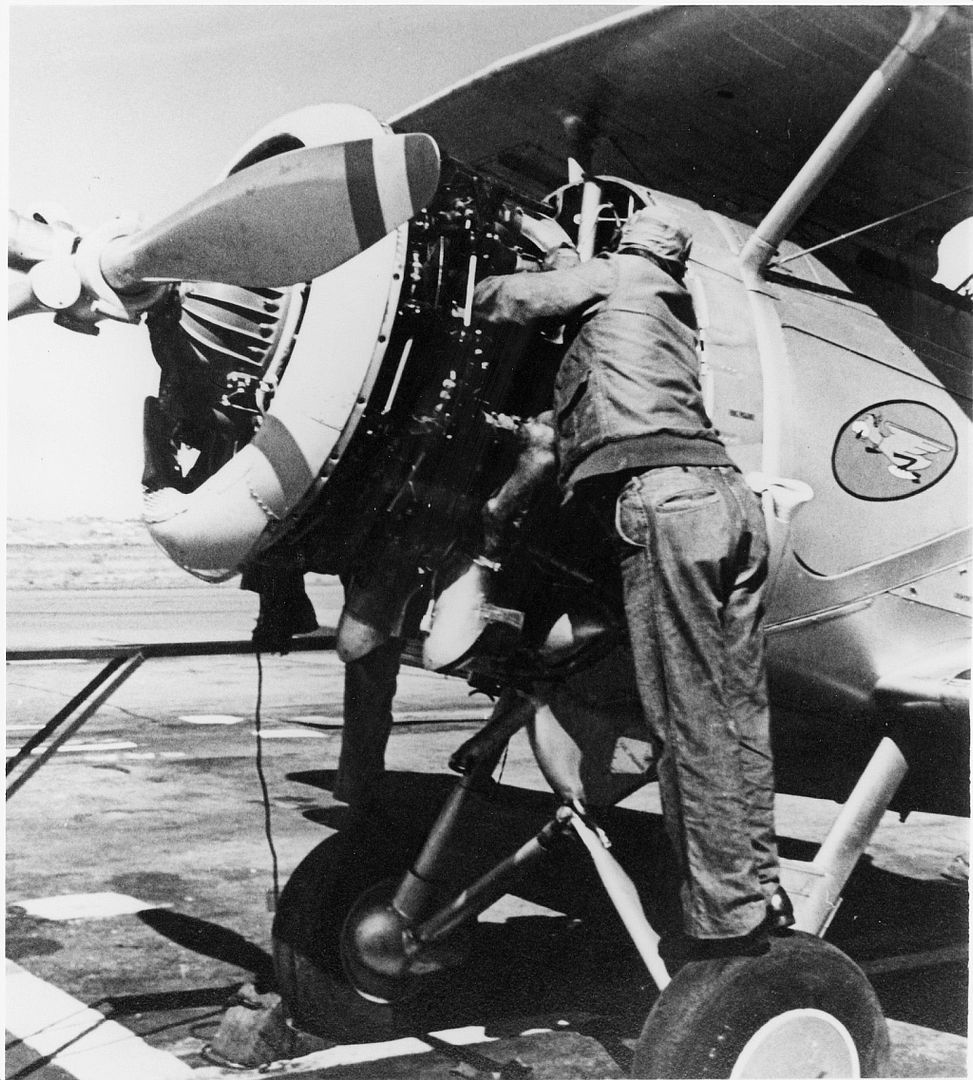




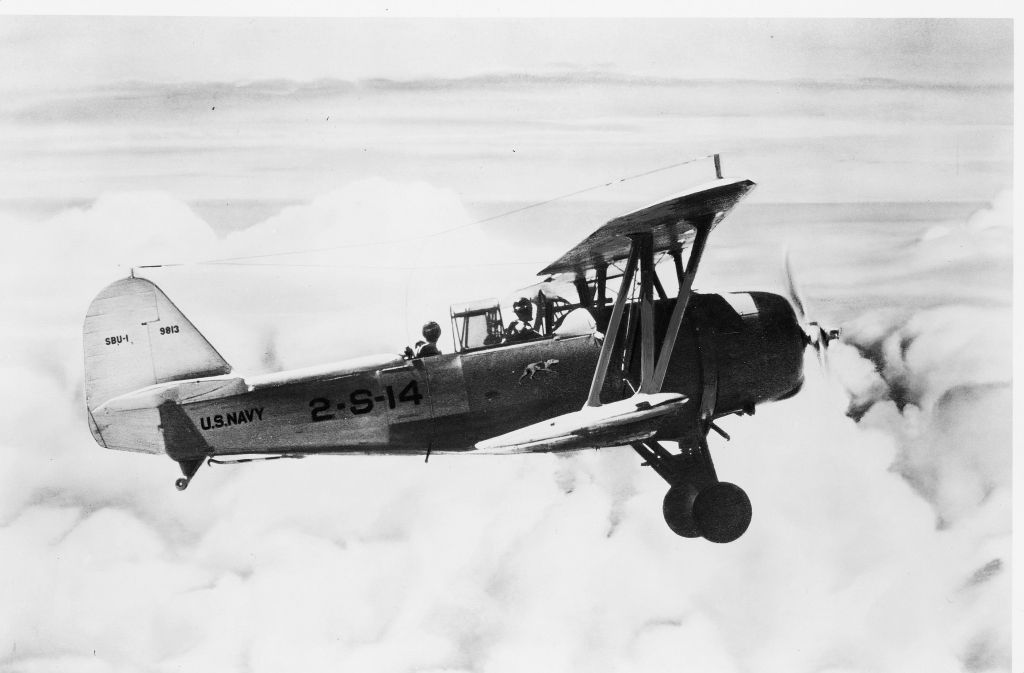
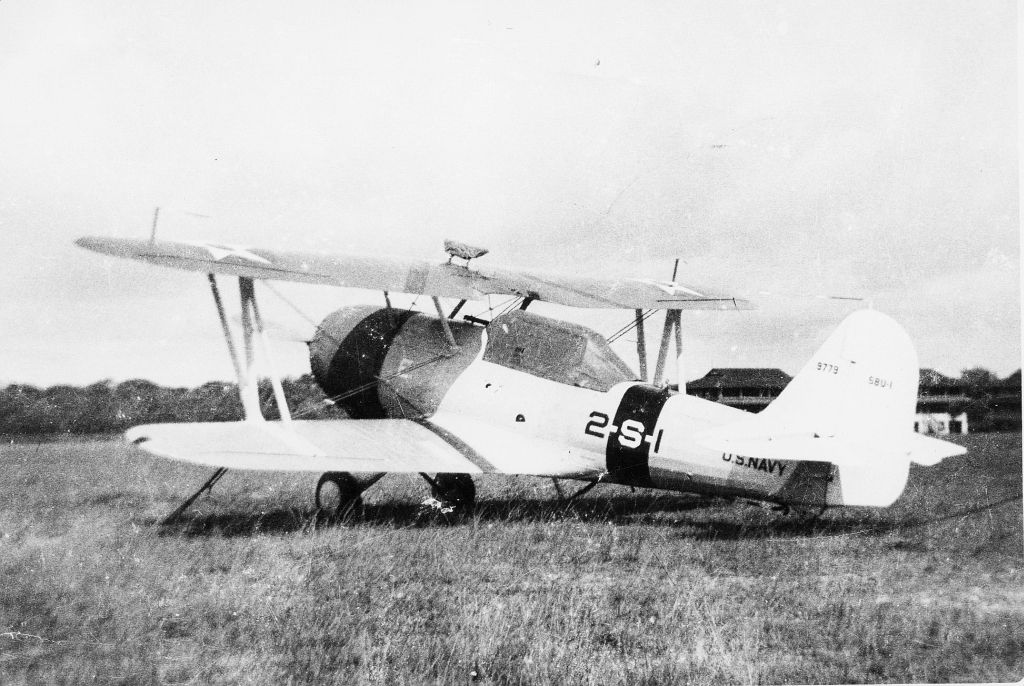







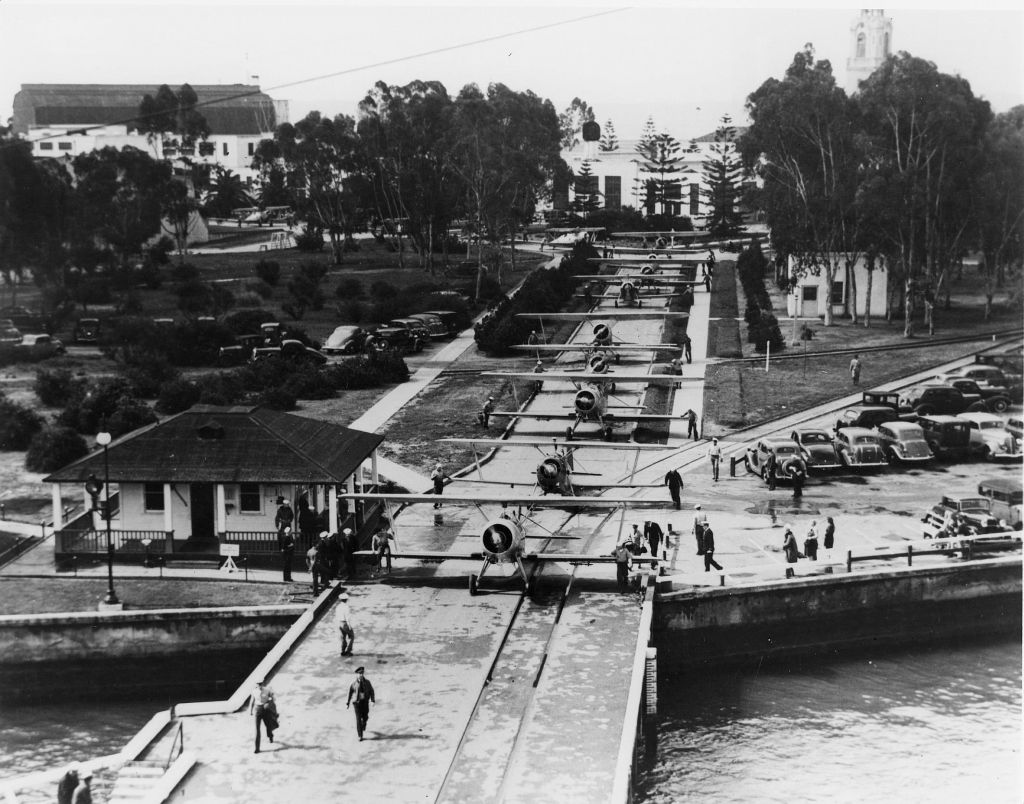


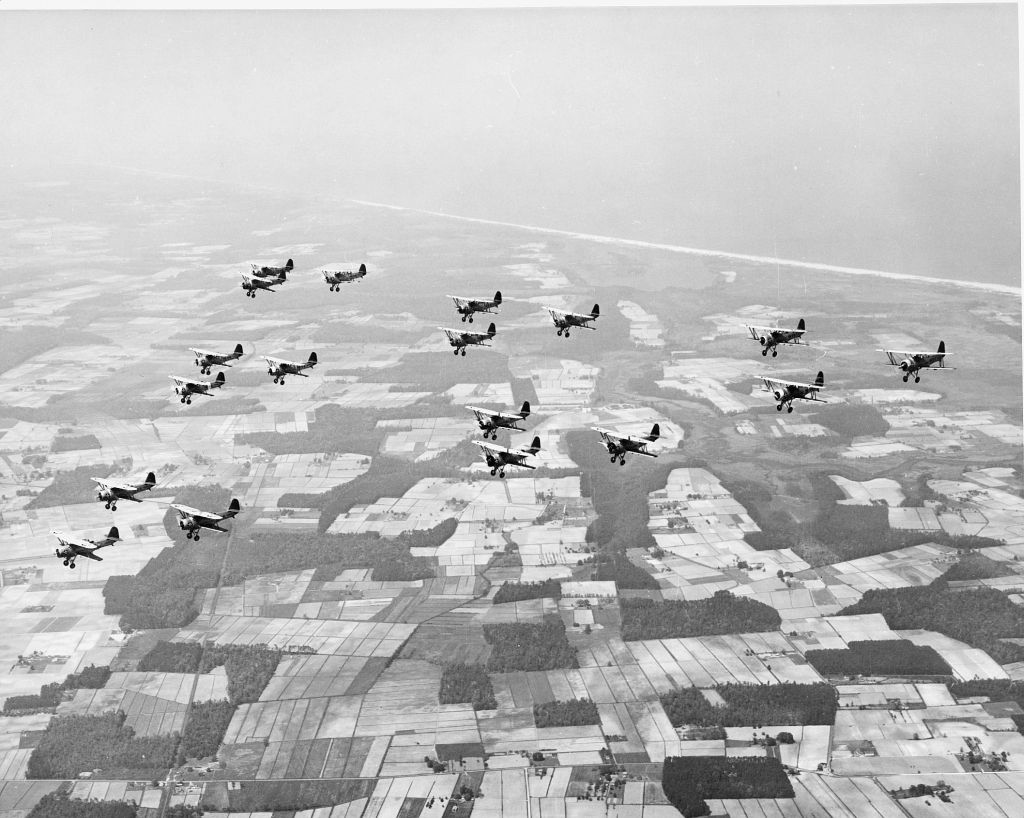













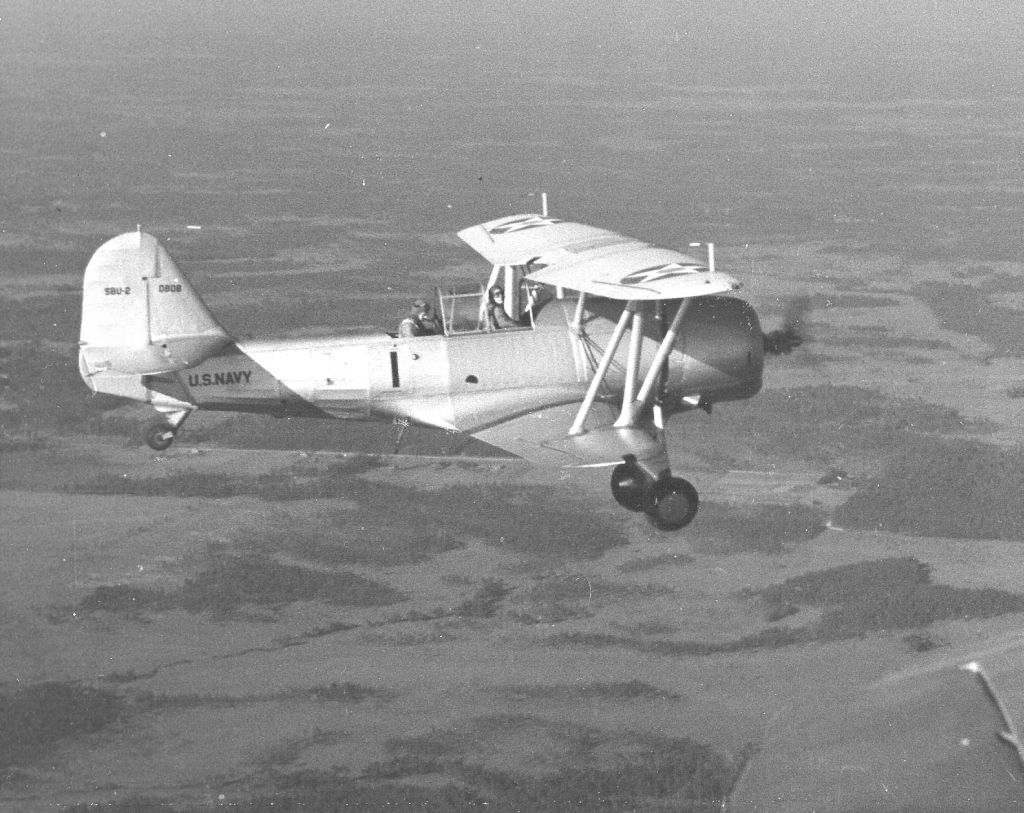
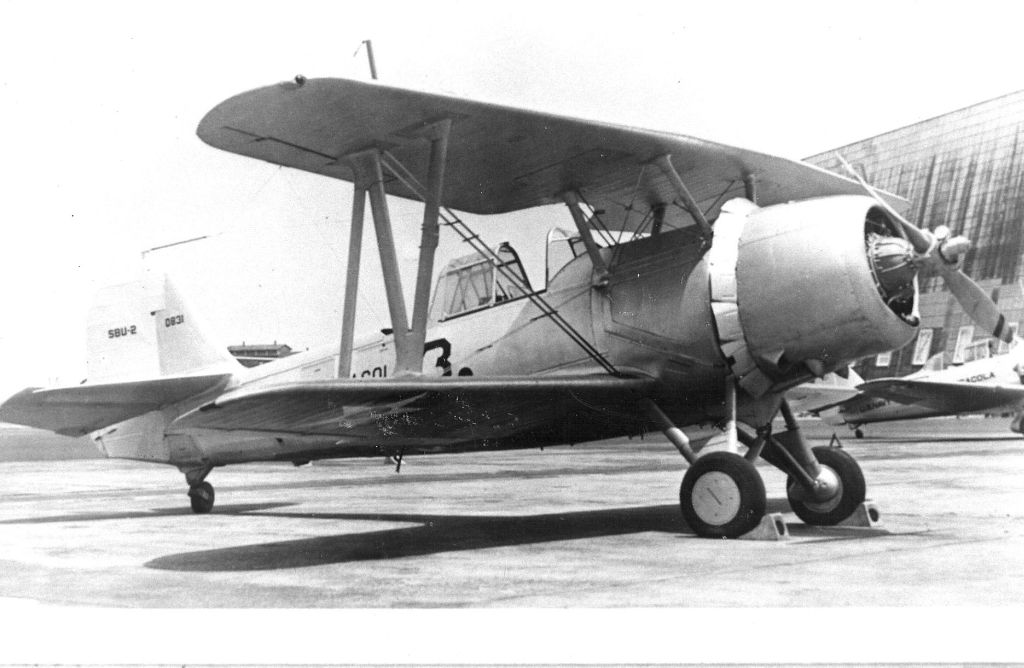

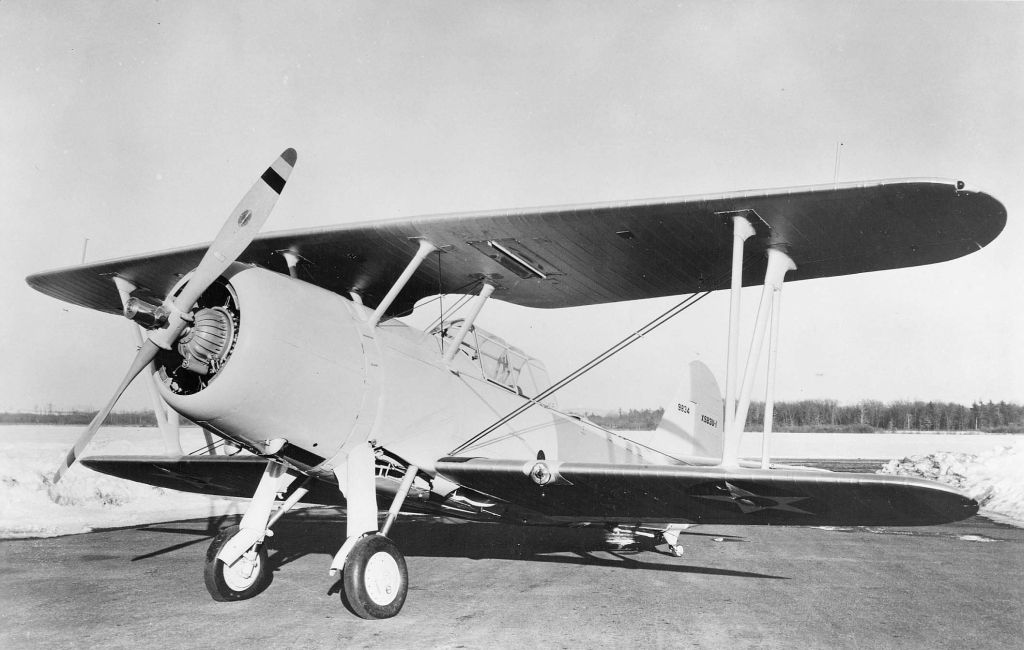

As usual right click and save as for details.
Regards Duggy
-
 Level 1These are really sweet Duggy.
Level 1These are really sweet Duggy.
Some of that geography looks a little familiar. Where were these taken? North Island? Coronado? -
12 years ago
 Main AdminYes Chris, a lot are from the San Diego area.
Main AdminYes Chris, a lot are from the San Diego area.
Photos 20/21 "The Flag Plane", what colours is it in ???????????????????? -
12 years agoThu Jun 28 2012, 02:46pm
 Level 1Morning Duggy.
Level 1Morning Duggy.
Looking at the flag plane my first instinct would be red,however that's not the US Navy at that time.
I would say highly wax polished Navy Blue with white and black stencil numbering ,and natural white doped tail and rudder surfaces.
What say you Rudi?
Cheers,Christopher -
12 years agoFri Jun 29 2012, 04:43pm
 Admin
Admin
I'm with Chris about the dark Navy blue, as it seems to be the same grayscale or perhaps a bit darker than the blue stripe (inner) on the prop. Although the wing and tail surfaces appear to me to have a graphite quality about them, similar to the smoke box on a freshly painted American steam locomotive, so I'd say they were silver. Difficult to tell about the script though.. I'm initially thinking black and white, but the more I look, the dark could be the same Navy Blue on the fuselage, and the lighter NAVY script, could be yellow, as it does not appear as bright as the panel outline beneath the canopy rail.. which I'm guessing is either white or silver.
Post a reply
- Go to Previous topic
- Go to Next topic
- Go to Welcome
- Go to Introduce Yourself
- Go to General Discussion
- Go to Screenshots, Images and Videos
- Go to Off topic
- Go to Works in Progress
- Go to Skinning Tips / Tutorials
- Go to Skin Requests
- Go to IJAAF Library
- Go to Luftwaffe Library
- Go to RAF Library
- Go to USAAF / USN Library
- Go to Misc Library
- Go to The Ops Room
- Go to Made in Germany
- Go to Campaigns and Missions
- Go to Works in Progress
- Go to Juri's Air-Raid Shelter
- Go to Campaigns and Missions
- Go to Works in Progress
- Go to Skinpacks
- Go to External Projects Discussion
- Go to Books & Resources
